Pay attention to nutrition labels! Often, unhealthy and unnatural ingredients are used in food items you don’t expect. Follow these guidelines to take care of your heart:
- Eat less saturated fat and trans fat (especially trans fat!).
- Reduce your sodium intake. You and salt can still see each other, you just need some space; look for low-sodium or “no salt added” options. Are you salt savvy? Take the quiz and find out!
- Eat more fiber (vegetables, fruits and whole grains).
Don’t (Grocery) Shop Your Heart Out
What does a heart-healthy shopping list look like? The good news is that the guidelines above still provide plenty of options.
VEGETABLES AND FRUITS
- Fresh (not canned) vegetables such as tomatoes, cabbage, and broccoli.
- Leafy greens for salads, like spinach and kale.
- Fresh fruits such as apples, oranges, bananas, pears, and peaches.
- Unsweetened frozen and dried fruit; canned fruit must be in 100% juice, not syrup.
- Frozen or dried fruit (unsweetened).
BREADS, CEREALS, AND GRAINS
- For products with more than 1 ingredient, make sure whole wheat or another whole grain is listed first.
- Eat whole-grain breakfast cereals, such as oatmeal, and whole grains such as brown or wild rice, barley, and bulgur.
- Use whole-wheat or whole-grain pasta.
DAIRY PRODUCTS
- Look for fat-free or low-fat milk products, or choose soymilk with added calcium
MEAT, BEANS, EGGS, AND NUTS
- Eat more beans, nuts and eggs to reduce your meat intake.
- Choose lean cuts of meat:
- Seafood, including fish and shellfish.
- Chicken and turkey breast without skin.
- Pork: leg, shoulder, tenderloin.
- Beef: round, sirloin, tenderloin, extra lean ground beef (at least 93% lean).
FATS AND OILS
- Cut back on saturated fat and look for products with no trans fats.
- Use cooking oil and vegetable spreads that do not contain partially hydrogenated oil.
- Eat salad dressings that are oil based instead of creamy.
Source: Gallagher’s Wellbeing Newsletter. Reprinted with permission.

